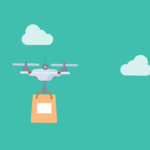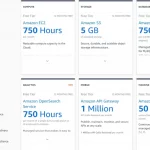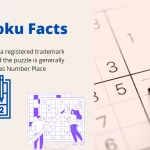It’s hard to imagine a world without smartphones these days. In fact, most of us can barely remember life before the invention of the iPhone in 2007. But did you know that even before then, Google was busy developing its own mobile operating system called Android?
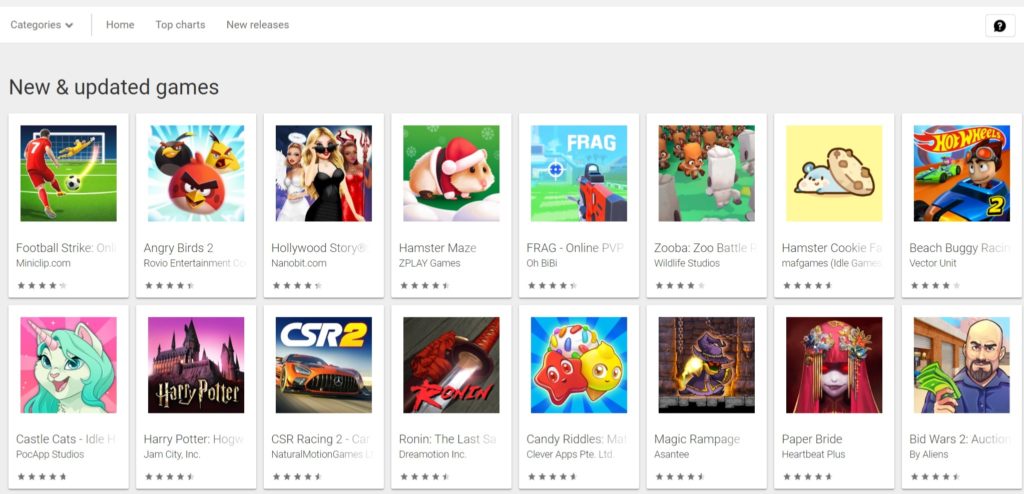
Android is a Linux-based operating system developed by Google and others. It was announced in 2007 and released in 2008 as the Android SDK (software development kit). The OS has since gone on to be used in smartphones, tablets, televisions, cars, watches, and more. In this article, we cover the most interesting facts about Android.
Fun and Interesting Facts About Android
- Android was not developed by Google; rather, it was developed by a startup company based in Palo Alto called Android Inc., which was founded in 2003. Andy Rubin, Nick Sears, and Chris White founded Android Inc.to create a more open platform for mobile device operating systems that would lead the industry forward with its innovative ideas about what people should expect from their smartphones – as well as how they could use them most effectively!
- In 2005, Google acquired Android Inc., and it has been part of the Google family ever since.
- The default robot mascot for the OS is named “Bugdroid” and has been the mascot since 2009 when it first appeared on a billboard advertising the OS in Tokyo’s Shibuya district for the launch of version 1.5 Cupcake.
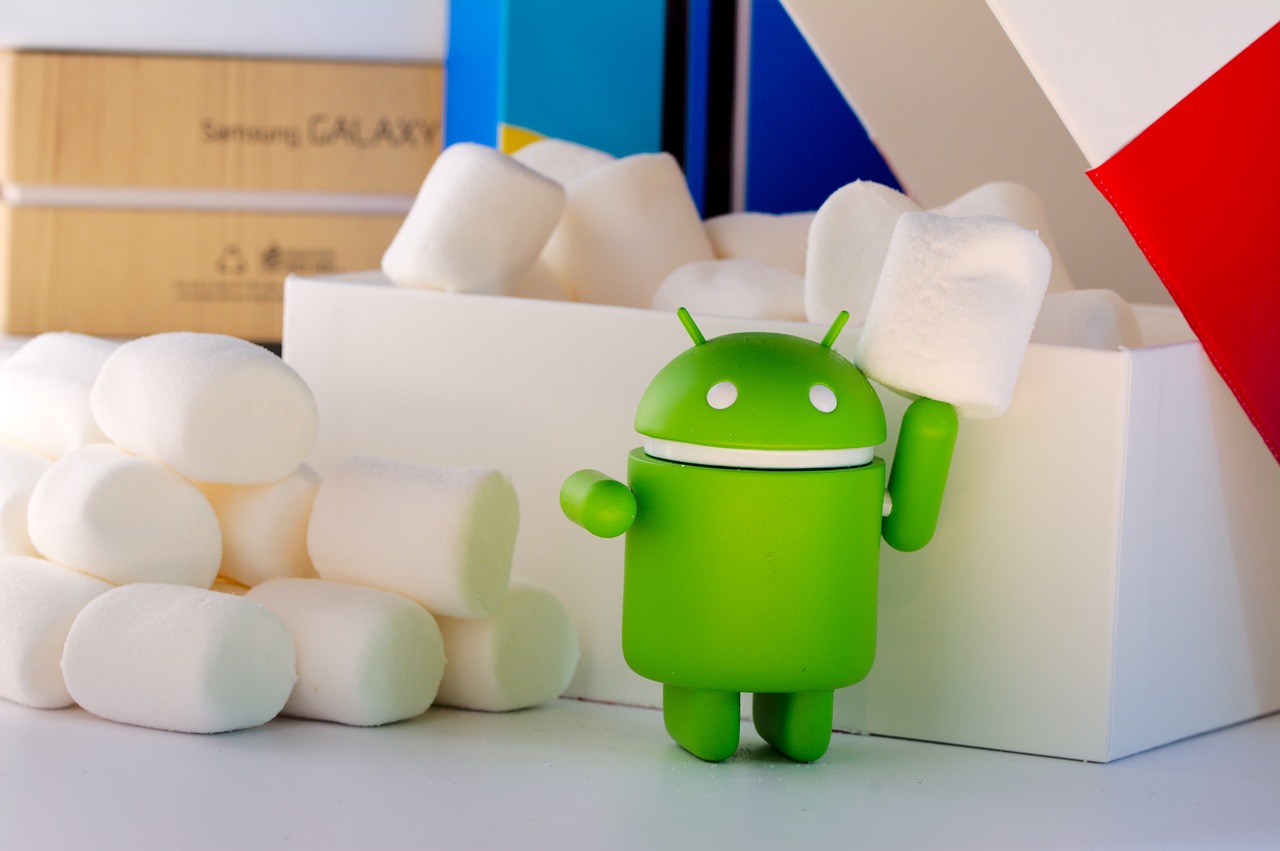
- In 2007, Google officially announced the Open Handset Alliance – with the goal of creating an open platform for a Linux-based phone that could run mobile Google apps and others. It provides users with an open-source alternative to Apple’s iOS or Microsoft’s Windows operating systems. At the time of the announcement, there were 34 partners in the Open Handset Alliance.
- The first commercially available phone with an Android OS was the HTC Dream (also known as the T-Mobile G1), which was released in 2008.
- Android was created as an operating system for digital cameras, with the goal of allowing third-party developers to create applications that would extend the capabilities of the device. However, the team soon realized that the market for camera-specific operating systems was very limited. In order to expand its potential user base, Android was re-designed as a general-purpose platform that could be used on a variety of devices. This decision proved to be a wise one, as Android is now the world’s most popular mobile operating system.
- The open-source nature of Android has allowed it to be used on devices other than smartphones—including smart TVs, game consoles, digital cameras, and more!
- Android versions starting from 1.5 are named after sweet things like Jelly Bean, Ice Cream Sandwich, and KitKat. And Google returned to the name version using numbers again starting from Android 10. However, Android 13 is named Tiramisu. That’s why a drastic change.
- With over a billion activations, Android is the most popular mobile operating system in use today.
- Phandroid is a comprehensive Android-related website that contains everything from reviews and news to discussion boards. They were the first site that reviewed apps, news about new releases in 2007 when it came out with Google’s announcement for this operating system!
- Believe it or not, your beloved Android devices have made their way to space. In fact, two Nexus S smartphones were sent up to the International Space Station (ISS) in order to test how well certain sensors worked in orbit. These devices were actually running on the Gingerbread version of Android and were placed aboard the ISS back in 2013.
- By 2021, there are more than 2.8 million apps and games in the Google Play Store.
- Google’s Glass project was a failure, but the search engine giant isn’t giving up on wearables. They’ve recently begun work with various companies to design smartwatches that will hopefully be ready for release in time!
- When Android 3.0 Honeycomb debuted at CES 2011 alongside Motorola XOOM, it was clear that it was designed specifically for tablets. It featured a completely redesigned interface that didn’t work well on smartphones, and as a result, it was a huge failure.
- The Android Logging System provides a method named wtf() which stands for “What a Terrible Failure”. This method is used to log severe errors that are likely to cause crashes or data loss. It logs a condition that should never happen. In general, wtf() errors should be avoided at all costs as they can lead to stability issues on devices.
- While Microsoft has been thriving in recent years, a large part of its success can be attributed to the $2 billion it earns yearly in patent royalties from the sale of Android devices. That’s right – despite not having released a successful smartphone of its own since the days of the Nokia Lumia, Microsoft is still raking in huge profits from the mobile market. And it’s all thanks to Android.
- Besides Play Store, Android apps can also be found in a number of other app stores. GetJar, Yandex, LG’s Smart World, and Samsung’s Galaxy Apps store all offer a variety of Android apps.
- If someone had told Samsung in late 2004 that the little-known Android operating system would one day become the most popular mobile platform in the world, it’s unlikely they would have believed it. But that’s exactly what happened. In 2004, Rubin pitched the idea to Samsung, but they passed on the opportunity to buy Android, instead opting to focus on their own development efforts.
Android is the most popular mobile operating system in use today, with over a billion activations. This open-source platform provides users with a wealth of options when it comes to apps and games, as well as customizing their devices to suit their needs.

